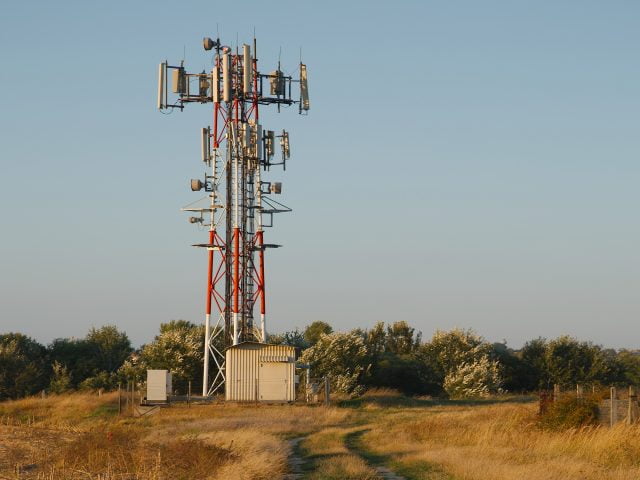
Broadband in High Disability Areas is Subpar
The Internet has become a necessity in our modern society. Yet 42 million Americans live in areas of the country where the connections to technology are subpar or, in extreme cases, nonexistent.
At the same time, federal and state governments are increasingly relying on people to interact with them online. This mismatch between a growing reliance on the Internet and a lack of easy access is a problem for one especially vulnerable population: people with disabilities.
Without access to a fast reliable Internet connection, it can be very difficult to apply online to Social Security for disability benefits or to file the periodic reports the agency requires of people who are receiving them.
In a recent report, the Urban Institute found that counties with high rates of residents getting Social Security Disability Insurance are less likely to have access to computers, the Internet, or high-speed broadband to get the government services they need. For example, millions of people living in 1,887 mostly rural counties do not have a Social Security field office where they can meet with agency staff and, at the same time, may lack a reliable broadband connection to go online.
Poor connectivity became an even bigger problem during COVID when Social Security closed its offices, forcing customers to use phone apps and computerized transactions in place of in-person contact. (Most of the offices have now reopened.)
Half of the residents in counties with a relatively large share of people with disabilities do not have broadband, the Urban Institute found, and 17 percent of the residents of these counties do not have a home computer. It is often the case that they do have a smart phone. But buying data for a phone can be expensive, and it is more difficult to submit complex forms and applications.
To be sure, Congress has taken big steps to improve Internet access. During COVID, lawmakers passed two bills – the American Rescue Plan Act and the Infrastructure Investment and Jobs Act – that together will provide more than $65 billion to expand the nation’s broadband infrastructure and subsidize Internet service to low-income households.
But for now, access is an issue, especially in rural areas in Maine, Kentucky, Michigan, New Mexico, and parts of Appalachia and the Southeast. These rural areas tend to simultaneously have high rates of disability and below-average Internet access, the researchers found.
Because residents in the cities and suburbs are more likely to own a computer and have better Internet coverage, the researchers did not expect to see a similar pattern there. However, more populated areas with a high incidence of disability – like the high-disability rural areas – also had less technology access than the population centers with low disability rates.
Improving access to the Internet, the researchers conclude, would unleash “greater flexibility, worker productivity, and financial freedom, in addition to greater access to health care and government programs and services, including the [disability] program.”
To read this study, authored by Barbara Butrica and Jonathan Schwabish, see “Technology and Disability: The Relationship Between Broadband Access and Disability Insurance Awards.”
The research reported herein was derived in whole or in part from research activities performed pursuant to a grant from the U.S. Social Security Administration (SSA) funded as part of the Retirement and Disability Research Consortium. The opinions and conclusions expressed are solely those of the authors and do not represent the opinions or policy of SSA, any agency of the federal government, or Boston College. Neither the United States Government nor any agency thereof, nor any of their employees, make any warranty, express or implied, or assumes any legal liability or responsibility for the accuracy, completeness, or usefulness of the contents of this report. Reference herein to any specific commercial product, process or service by trade name, trademark, manufacturer, or otherwise does not necessarily constitute or imply endorsement, recommendation or favoring by the United States Government or any agency thereof.
Comments are closed.







I am sure that regular DSL would be entirely adequate to load the Social Security website. The real barriers are 1) low levels of computer ownership and computer literacy among DI applicants, and 2) a clunky website. The broadband initiative is just. government boondoggle that will enable the unemployed to play better video games.
Improved internet connectivity may be a part of the equation, but I suspect there is more to it: being able to afford a computer, general computer literacy, and the type of disability–all barriers that may be harder to overcome.